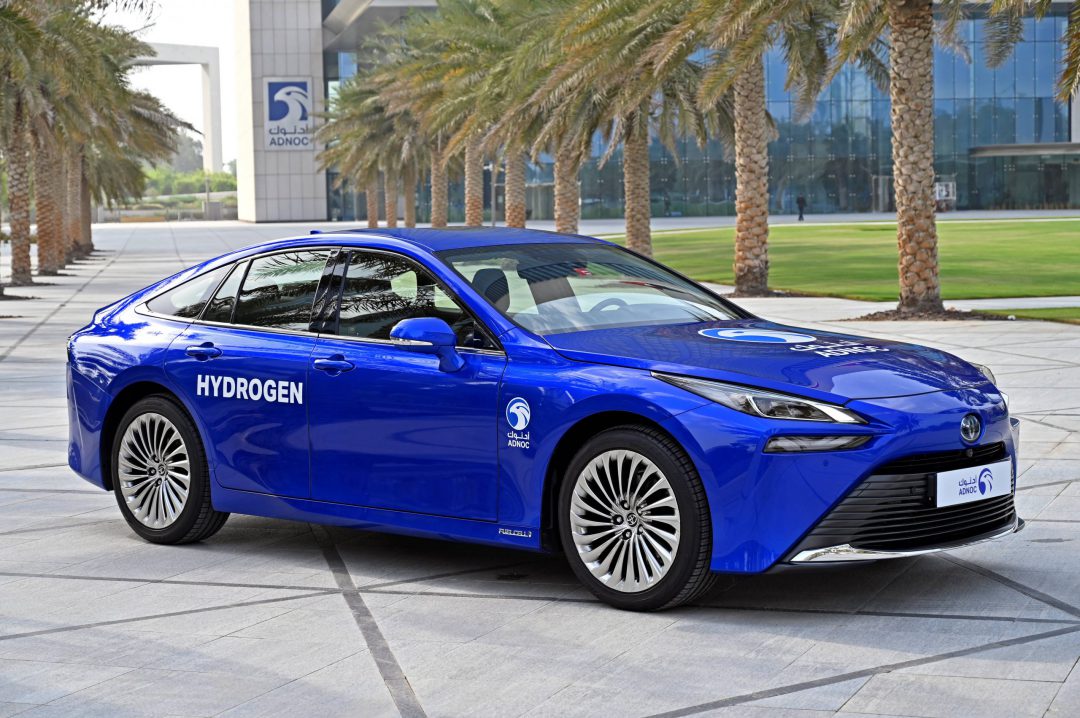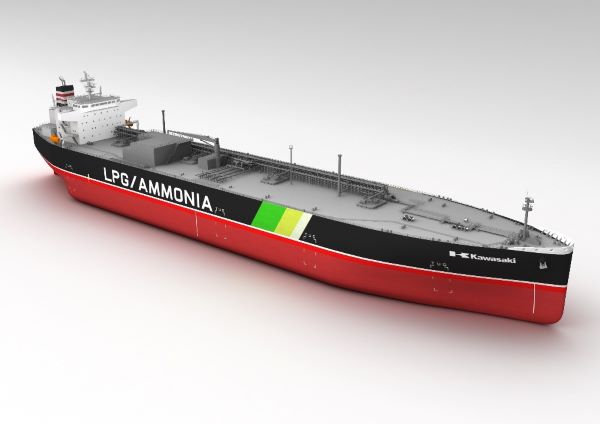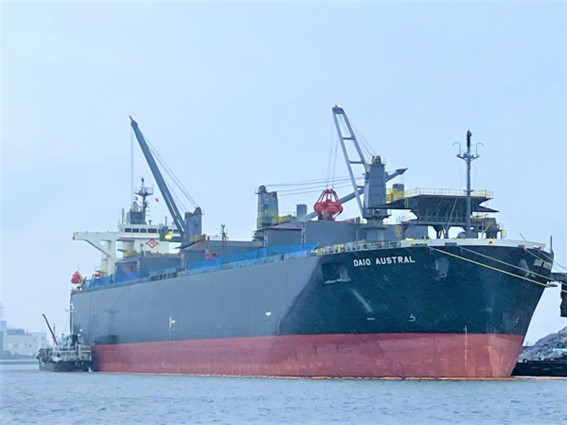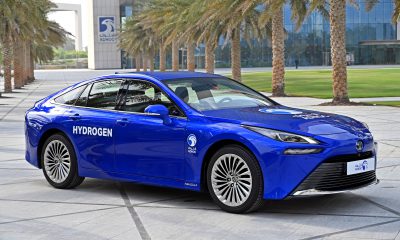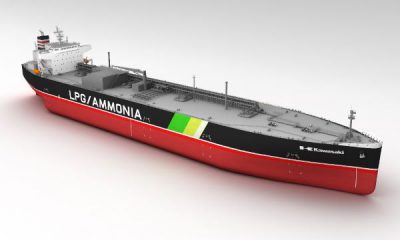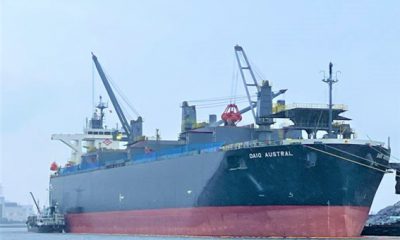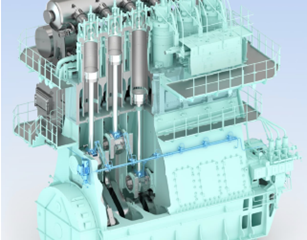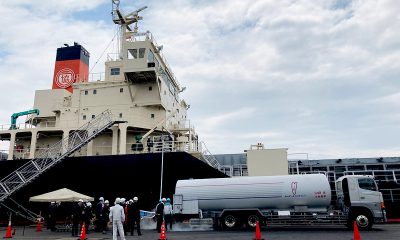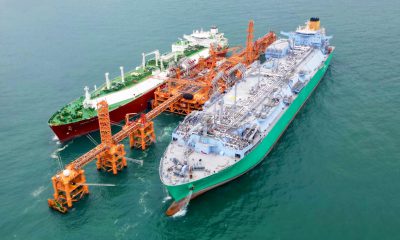ADNOC, announced that it has begun construction on the Middle East’s first high-speed hydrogen refueling station. The station, which is being built in Masdar City by ADNOC, will create clean hydrogen from water, using an electrolyser powered by clean grid electricity.
Hydrogen, which creates no carbon dioxide emissions when used, has the highest energy per mass of any fuel and can give vehicles a longer driving range and quicker refueling times compared with battery electric vehicles.
ADNOC also announced a partnership with Toyota Motor Corporation and Al-Futtaim Motors to test the high-speed hydrogen refueling station using a fleet of clean hydrogen-powered vehicles.
His Excellency Dr. Sultan Ahmed Al Jaber, Minister of Industry and Advanced Technology and ADNOC Managing Director and Group CEO, said: “The need to reduce carbon emissions to address climate change is clear and urgent. ADNOC is placing sustainability and decarbonization at the heart of its strategy and, while we decarbonize our operations today, we are making robust investments to be a supplier of choice for the clean energies of tomorrow.
“Hydrogen will be a critical fuel for the energy transition, helping to decarbonize economies at scale, and it is a natural extension of our core business. Through this pilot program, we will gather important data on how hydrogen transportation technology performs as we continue to develop the UAE’s hydrogen infrastructure.”
Under the partnership, Toyota and Al Futtaim Motors will provide a fleet of hydrogen-powered vehicles. The pilot program will help ADNOC understand how hydrogen with high-speed refueling can best be used in mobility projects to support the UAE’s National Hydrogen Strategy, which aims to position the country among the largest producers of hydrogen by 2031.
ADNOC Distribution will operate the station upon its completion later this year. A second station, in Dubai Golf City, will be fitted with a conventional hydrogen fueling system.
ADNOC has allocated $15 billion (AED55 billion) to advance and accelerate lower-carbon solutions, investing in new energies and decarbonization technologies to reduce its carbon intensity by 25% by 2030 and enable its Net Zero by 2050 ambition.

